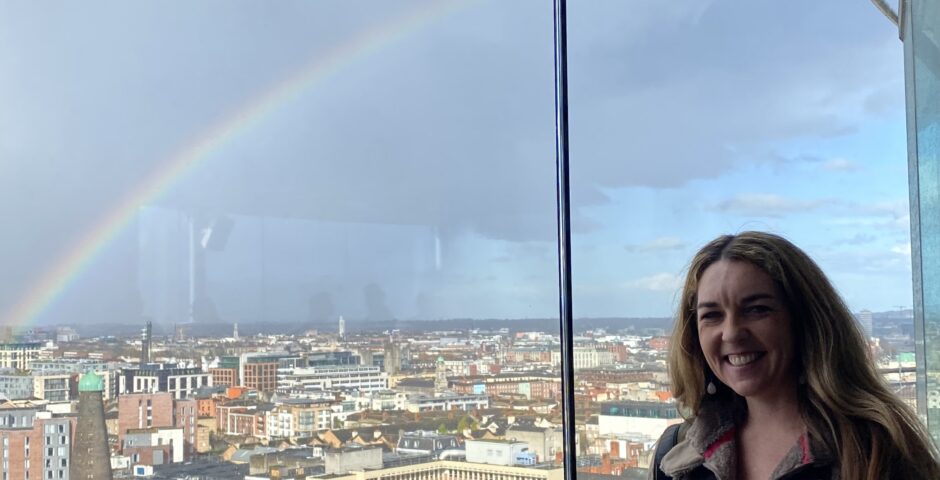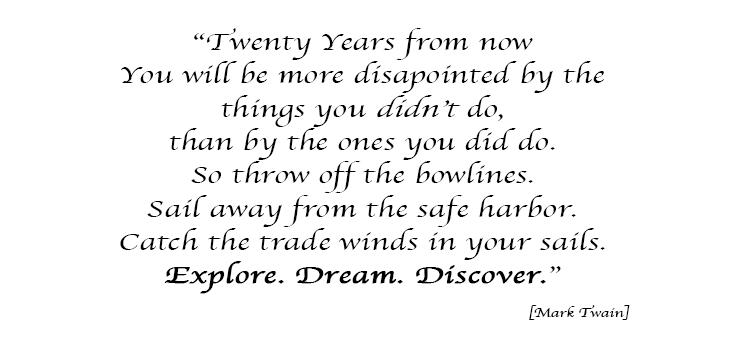Visby, Gotland, Sweden


 This morning we were greeted by sunny, cool weather, which made for a pleasant day of wandering, first on our historical-cultural, natural history and photography walking tours of Visby; later on the nature walk on the island Stora Karlsö.
This morning we were greeted by sunny, cool weather, which made for a pleasant day of wandering, first on our historical-cultural, natural history and photography walking tours of Visby; later on the nature walk on the island Stora Karlsö.
The city of roses and ruins is an apt description of Visby, the capital city of the island of Gotland. Roses bloom beautifully and abundantly here due to the mild climate, and of the seventeen great churches, there remains just one not in ruins, as the Hanseatic city Lübeck set fire to Visby in 1525. In the old town only 150 medieval houses remain, but they provide a picture of the glories of past times, as does Visby’s ancient city wall. Built in the 13th century, it encompasses almost the entire city and supports 44 towers. Since 1995 Visby has been a UNESCO World Heritage site.
Gotland is the largest island in the Baltic Sea and Sweden’s warmest and sunniest location. Some 75 miles long a nd 35 miles wide, it is situated atop a limestone plateau. The island was once a favored stopping place for sailing ships on their way to other destinations in the Baltic Sea and on to the rivers of Russia. Visby became a Hansa city in the 13th century and proved to be of strategic importance and mercantile prominence. As a result it came under the domination of three states: Sweden, Denmark and briefly Russia.
nd 35 miles wide, it is situated atop a limestone plateau. The island was once a favored stopping place for sailing ships on their way to other destinations in the Baltic Sea and on to the rivers of Russia. Visby became a Hansa city in the 13th century and proved to be of strategic importance and mercantile prominence. As a result it came under the domination of three states: Sweden, Denmark and briefly Russia.
We ex plored Visby’s charming, narrow, cobble-stoned streets where our guides regaled us with stories of Visby’s history. A visit to the Lutheran Cathedral of St. Mary allowed us to get off our feet for a short time. This magnificent Romanesque and Gothic church, completed in 1225, was originally the house of worship of the German merchants. Often rebuilt, it was completely restored at the turn of the 20th century. There
plored Visby’s charming, narrow, cobble-stoned streets where our guides regaled us with stories of Visby’s history. A visit to the Lutheran Cathedral of St. Mary allowed us to get off our feet for a short time. This magnificent Romanesque and Gothic church, completed in 1225, was originally the house of worship of the German merchants. Often rebuilt, it was completely restored at the turn of the 20th century. There are four organs of varying sizes in the church, but funds have not yet been raised to restore the Baroque organ.
are four organs of varying sizes in the church, but funds have not yet been raised to restore the Baroque organ.
Our tour included a visit to the exceptional Gotlands Fornsal Museum. There we saw extraordinary rune stones created between 400 and 1000 AD, as well as an impressive array of silver bracelets and coins from some 20 trading countries stretching from Arabia to the Far East. The Vikings were vividly depicted by artefacts as were the brutal methods of warfare seen on skulls in coats of mail.
 I enjoyed walking along the streets, viewing the cathedral, and just looking at the quiet Sunday life in the town. I saw a few
I enjoyed walking along the streets, viewing the cathedral, and just looking at the quiet Sunday life in the town. I saw a few  locals come out, and enjoyed watching a family drink lattes, fresh squeezed orange juice, and eating something similar to apple pie, as if this was their Sunday Breakfast and ritual. The cafe I found made a decorative latte design with the milk, so I could not resist getting one. Very many good views from the city, I loved seeing the sea from different views, especially the architecture variance from above. I took a plethora of photos of all the flowers and enjoyed photographing the street mirrors, an obsession I had when we I went to Switzerland/Greece years ago.
locals come out, and enjoyed watching a family drink lattes, fresh squeezed orange juice, and eating something similar to apple pie, as if this was their Sunday Breakfast and ritual. The cafe I found made a decorative latte design with the milk, so I could not resist getting one. Very many good views from the city, I loved seeing the sea from different views, especially the architecture variance from above. I took a plethora of photos of all the flowers and enjoyed photographing the street mirrors, an obsession I had when we I went to Switzerland/Greece years ago.






